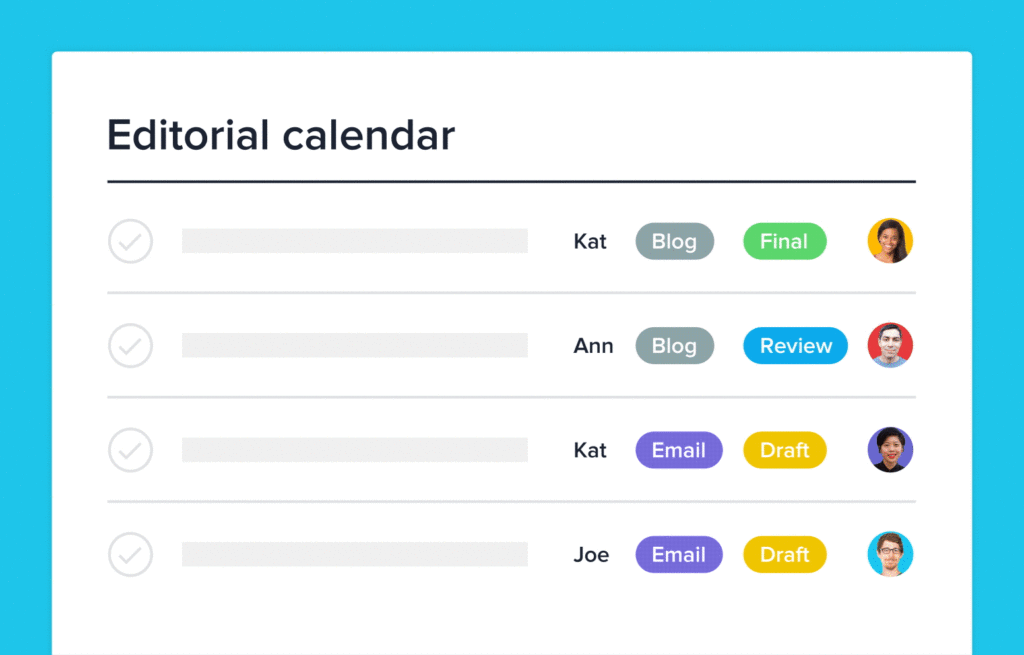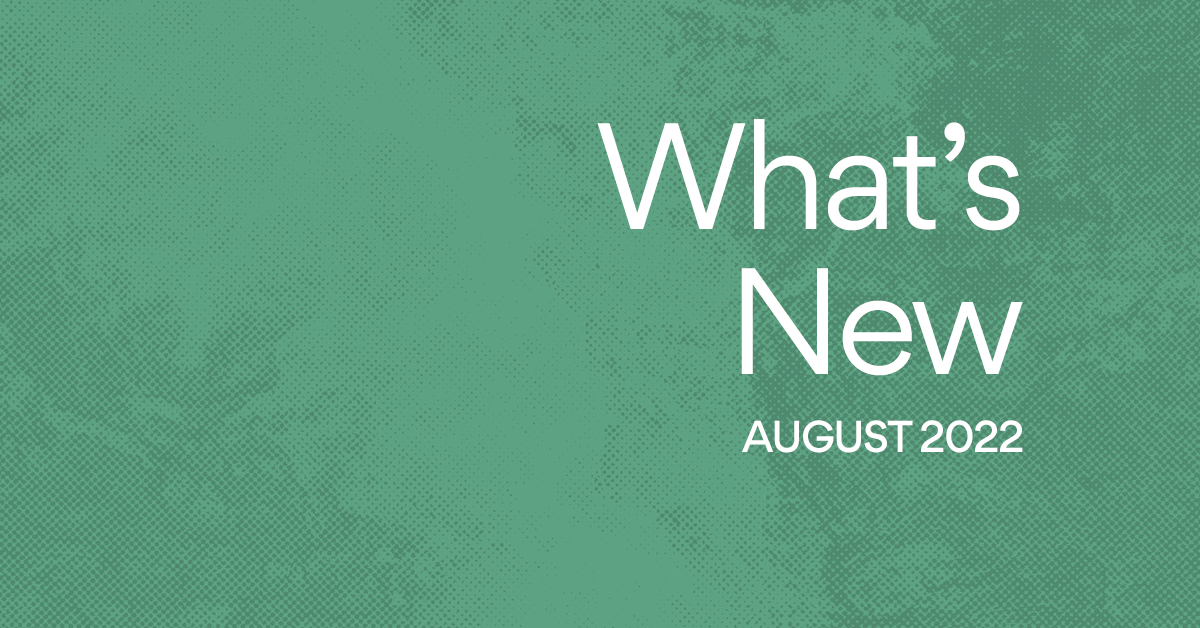Track anything (and everything) in Asana: Introducing custom fields

Modern organizations have had a tough time managing work across different teams and making sure that everyone is on the same page—they’ve had to shoehorn project management software, spreadsheets, and email, which weren’t designed for the challenge. Our vision has always been to be the platform that teams, departments, and companies rely on to track and manage all of their work, whether that’s a neatly defined project with an end date, or the ongoing management of rural health-care patients, or synthesizing vials of DNA for manufacturing. Today, you can easily track anything in Asana, with the launch of custom fields for Asana Premium.
To enable teams to track anything in Asana, we are releasing custom fields with a supporting API and, in the next few weeks, templates to help you easily add new workflows to Asana. With these new capabilities, you can now track the different types of work specific to your organization, all in one place.
Over the past few months we’ve been rolling out custom fields in beta, and learning from our customers’ experiences in order to make this feature more powerful and easier to use. If you’re an Asana Premium customer, you can now add custom fields to any project. If you’re not yet on Premium, you can upgrade to get access to custom fields and more Premium features.
Track, plan, manage, and prioritize EVERYTHING
The biggest way we’re empowering you to track anything in Asana is with the addition of custom fields. Custom fields let you add additional data to tasks in your Asana projects. You can create a field for stage, priority, cost, or anything else that’s important to your workflow, team, and company. This lets individuals in an organization have clarity on work happening across their organization. Teams can now move beyond “tasks” by tracking things like applicants, deals, inventory–just about anything you can imagine–in Asana.
Asana is our way of doing work, and it's allowed us to realize the culture of transparency and collaboration we've always wanted to create. With custom fields we're now able to take that collaboration further by clearly communicating what specific information a task needs in order to be useful. This is essential for us since we use tasks to represent things as diverse as feature requests, bugs, or candidates in our recruiting pipeline. Dave Koslow, CEO of DocSend
Here are examples of how teams are already using custom fields:
- Recruiting teams can track applicants, with custom fields for role, years of experience, and what team the position is on.
- Marketing teams can track their editorial calendar, with custom fields for content type, stage, and author.
- Engineering teams can track bugs, with custom fields for operating system, browser, and priority.
- Design teams can track creative production, with custom fields for type of collateral, channel, and the number of hours it will take to complete.
And this is just scratching the surface. There are endless possibilities to create fields that relate specifically to the work that you’re doing.

How you can use custom fields to track any project
Anyone can add custom fields to any project in just a few clicks—you won’t need help from IT. Add fields from the drop-down menu next to the project name in the header. Choose from pre-existing fields already being used in your organization, or create a new one by typing in its name. Your fields will appear in the List View of a project, as well as in the task details pane of any task in that project. To make sure that the fields do exactly what you need them to, you can choose from three types of fields:
- Dropdown options (with colors)
- Text
- Numbers
You can also search and sort by custom fields, enabling you to report on your work in whatever way makes most sense for your team. For example, if your team has a bug tracking project, you could sort bugs by priority to focus your efforts on the most important bugs. When you do an Advanced Search with a custom field, you can see all work happening across your organization related to that field. You can even save the search as a report and reference it at any time. And when checking tasks on the go, your fields will appear inline with task information on your mobile phone.
To learn more, please visit the Asana Guide.

Track even more with our API
Today we’re also releasing support for custom fields in the Asana API, so developers can immediately build rich functionality on top of this feature. The API enables developers to start building workflows tailored specifically to the work their teams are tracking. This makes it easier to have one unified interface for work, so teams don’t have to work in separate silos.
One integration that’s already live comes from Unito. Asana worked with Unito to build an integration that syncs GitHub issues into Asana, complete with custom fields mapping. With this integration, developers can sync GitHub milestones into Asana. Custom fields allow you to turn Asana projects into GitHub issues trackers, and Unito always keeps them in sync. Learn more about the Unito integration.
Coming soon: Custom Work Tracking templates
Want to track your work more easily but don’t know how to start? We’re putting the final touches on pre-made templates, to generate structured projects (like an editorial calendar or bug tracker) with one click. Once you create a project from a template, you’ll be able to edit the project to fit your team’s exact needs. Be on the lookout for more information on templates in the next few weeks!
What will your team track?
Let us know what you think about this new feature and how you’re using it in the comments below. If you’re not yet on Asana Premium, you can upgrade now to enable custom fields. Learn more about the benefits of Premium or contact our sales team for more information.
Organizations have to track a lot of things, and in very specific ways. With custom fields you now have an easy way to keep track of all the work that’s important to you. And combining this new feature with a robust API—and our upcoming templates—will give your team even more power in customizing your workflow and tracking everything important to you. By enabling teams to customize Asana in exactly the way they need, we hope to eliminate silos, reduce friction in getting things done, and empower all teams to do great things together.

